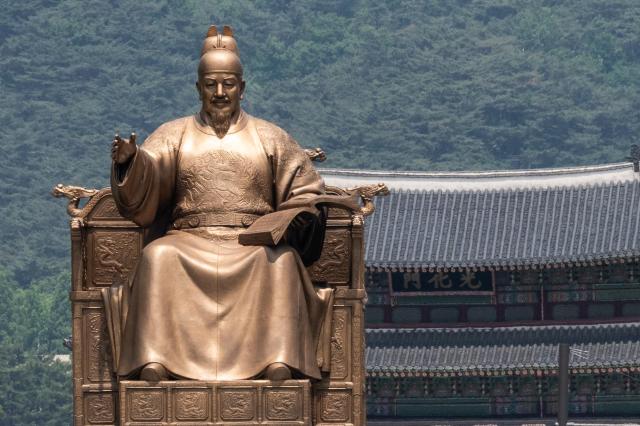
SEOUL, August 14 (AJU PRESS) - In commemoration of Liberation Day which falls on Thursday, the Korean Language Society has started a one-person rally at Gwanghwamun in central Seoul, starting with its chairman Kim Ju-won since Monday.
The rally, which continues through the week, is part of the society's efforts to replace the current signage at Gwanghwamun Gate, which is written in Chinese characters, with the Korean alphabet.
Lee Dae-ro, an activist promoting Hangeul or the Korean alphabet, is set to hold a press conference in front of the statue of King Sejong on Liberation Day.
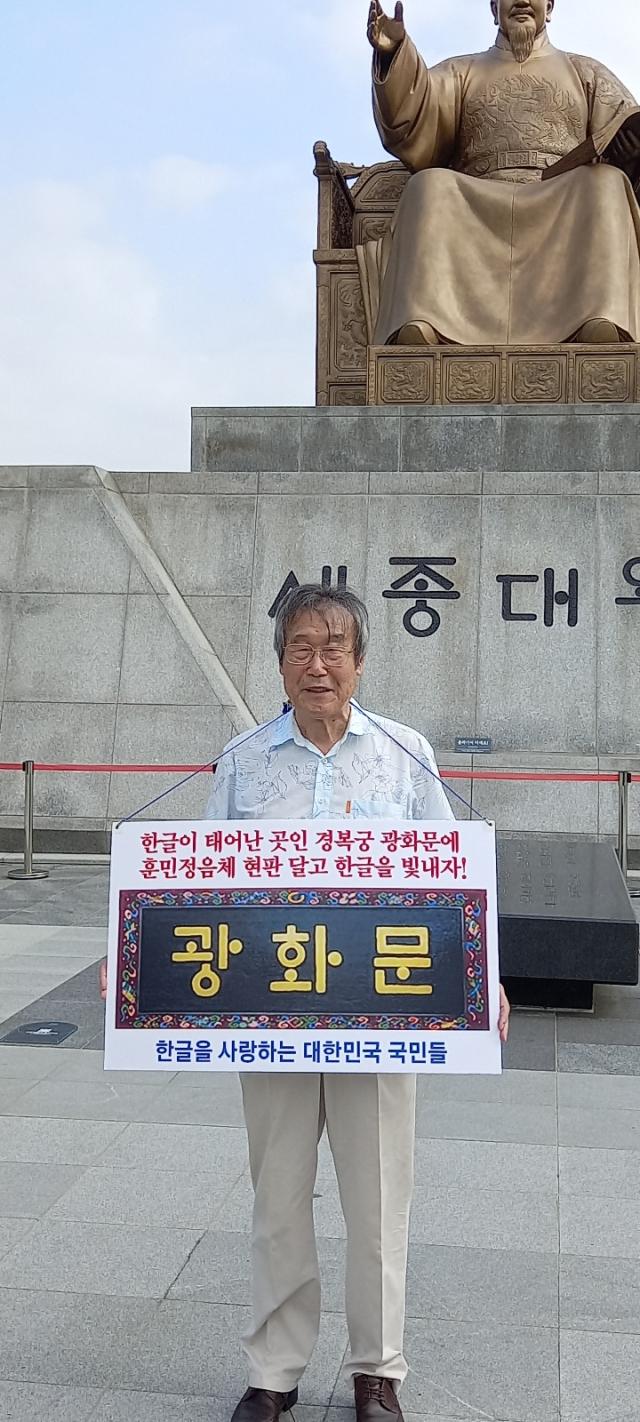
"We want to urge the government and the public to place the Hangeul signage in front of its birthplace in Gyeongbokgung Palace. That will elevate the status of Hangeul and further strengthen the country’s foundation," Lee told Aju Press on Wednesday.
The society's efforts highlight ongoing debates about Korea’s national identity as well as the preservation of cultural heritage, particularly concerning the use of the Korean language in prominent public spaces.
Gwanghwamun stands proudly as not only Seoul's historical landmark but also one of the most frequented tourist attractions in the capital. But many scholars say the presence of the Chinese-written signboard near the statue of King Sejong who created Hangeul, appears absurd, being an eye sore for many Koreans.
Throughout the vortex of the country's turbulent history, the royal palace has undergone several destructions and reconstructions over time. Originally built in 1395, it was burned down during the Japanese invasions of Korea in 1592. It underwent reconstruction in 1865, but was destroyed again during the Korean War. In 1968, a Korean signboard handwritten by former strongman Park Chung-hee was put up, but it did not endure for long. In 2010, it was replaced with a Chinese-written plaque, following the Cultural Heritage Committee's recommendation to restore it to its original state.
Copyright ⓒ Aju Press All rights reserved.

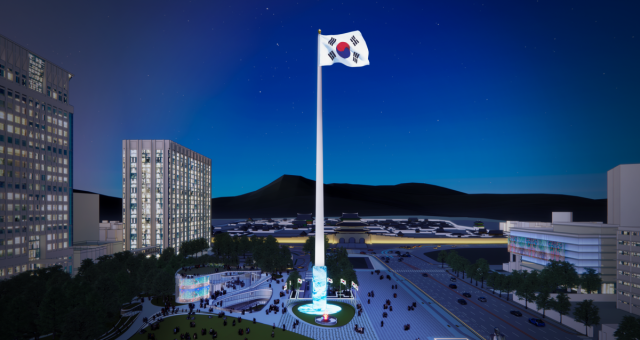
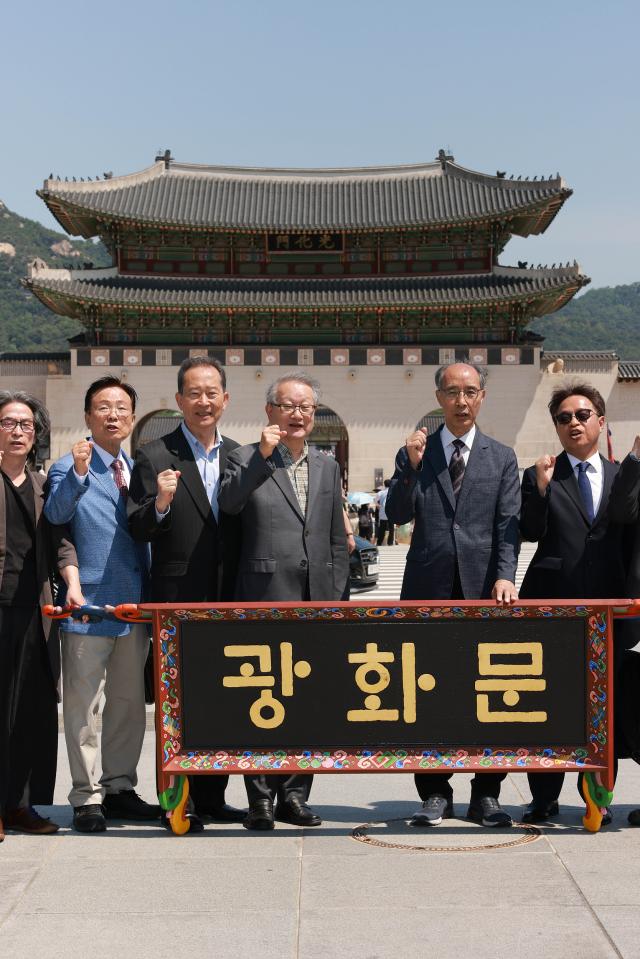
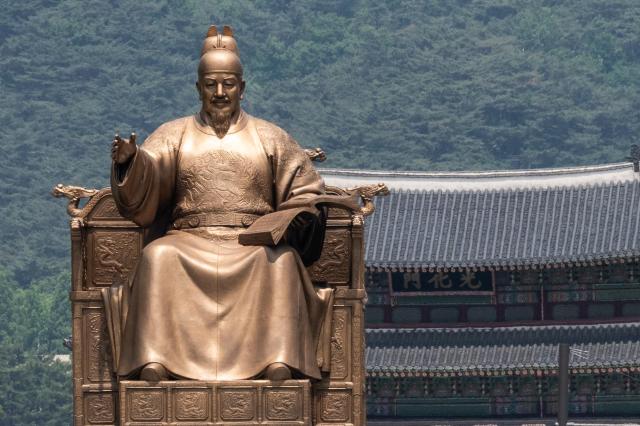
View more comments